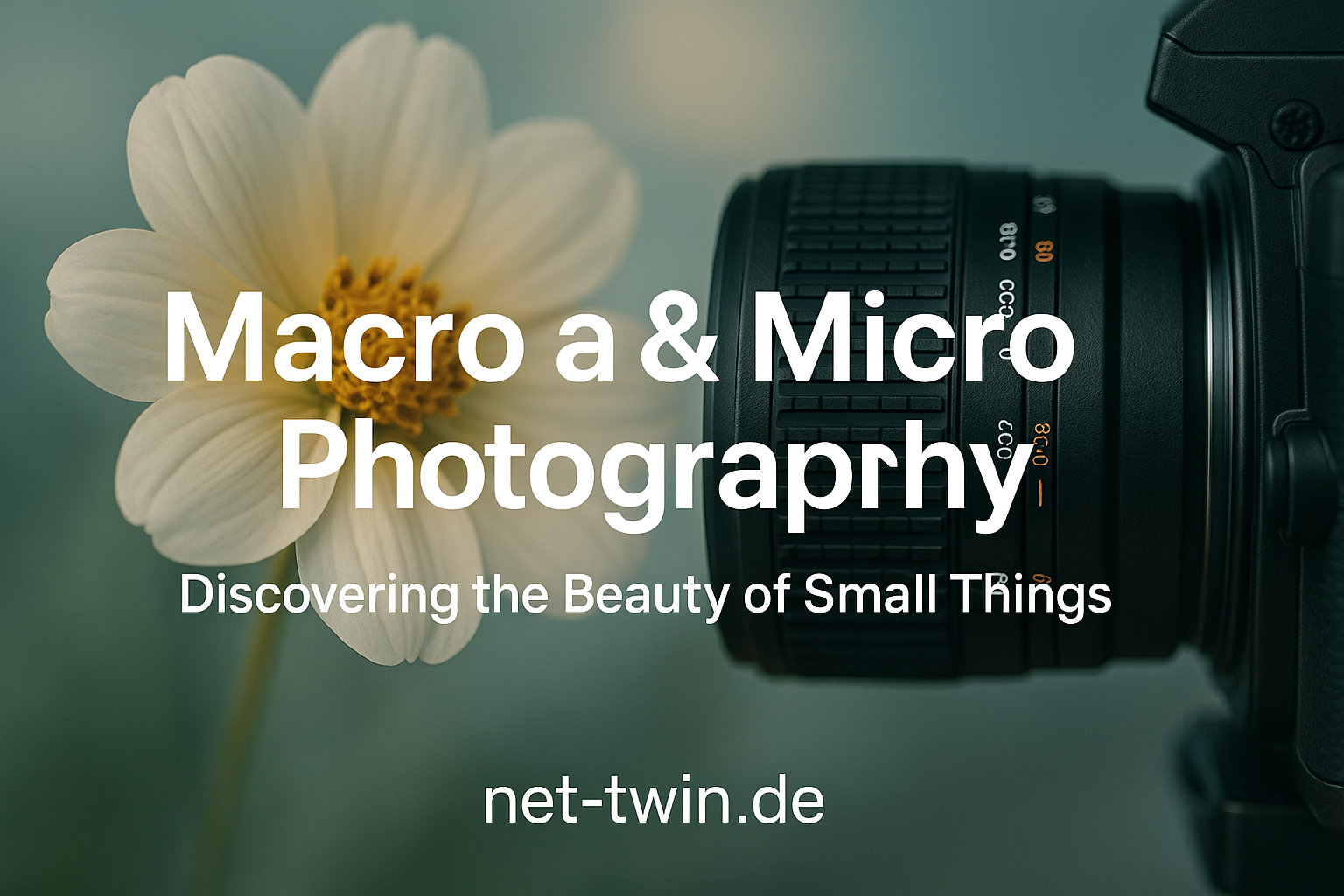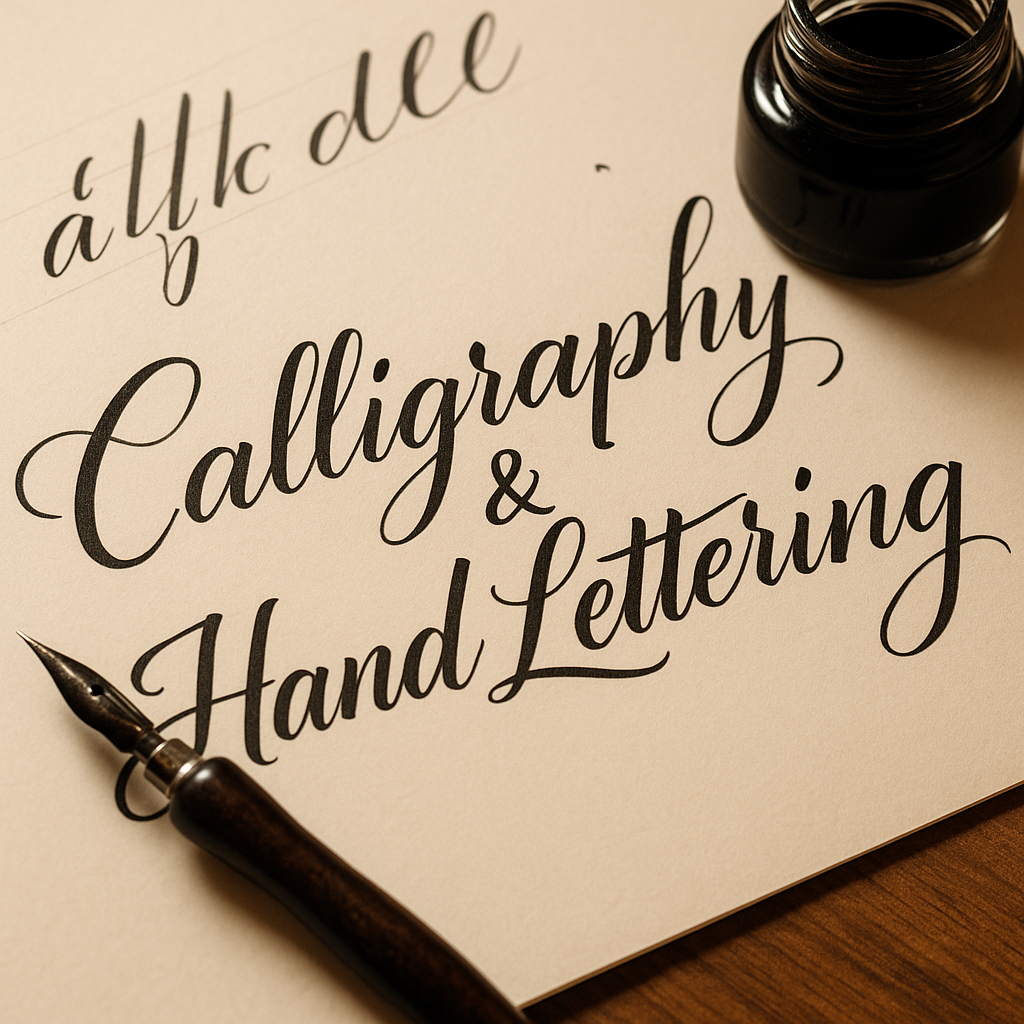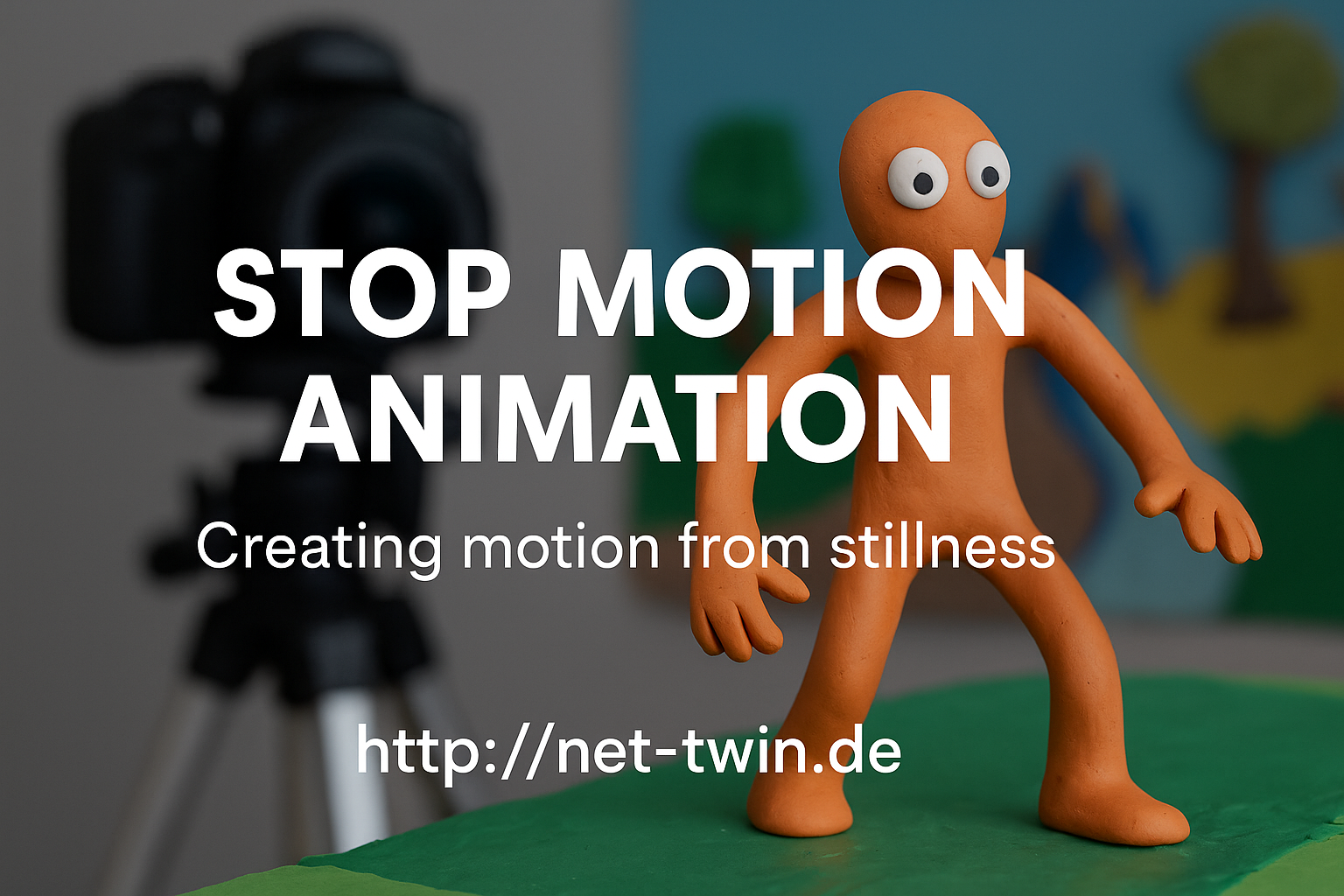No Advertising!
ATTENTION - anyone who registers an account here just to advertise their own business for free, don't even bother, all these accounts will be deleted immediately!!!
We are a community for creative people and their hobbies, if you just want to advertise go to Facebook. We want to spare our users your intrusive and boring advertising, unless you combine it with valuable content (tutorials, project reports, portfolios etc.).
Thank you for your attention.
The Net-Twin Team

Recent Updates
All Countries
All Countries
Albania
Algeria
American Samoa
Andorra
Angola
Anguilla
Antarctica
Antigua and Barbuda
Argentina
Armenia
Aruba
Australia
Austria
Azerbaijan
Bahamas
Bahrain
Bangladesh
Barbados
Belarus
Belgium
Belize
Benin
Bermuda
Bhutan
Bolivia
Bosnia and Herzegovina
Botswana
Bouvet Island
Brazil
British Indian Ocean Territory
Brunei Darussalam
Bulgaria
Burkina Faso
Burundi
Cambodia
Cameroon
Canada
Cape Verde
Cayman Islands
Central African Republic
Chad
Chile
China
Christmas Island
Cocos (Keeling) Islands
Colombia
Comoros
Congo
Cook Islands
Costa Rica
Croatia (Hrvatska)
Cuba
Cyprus
Czech Republic
Denmark
Djibouti
Dominica
Dominican Republic
East Timor
Ecuador
Egypt
El Salvador
Equatorial Guinea
Eritrea
Estonia
Ethiopia
Falkland Islands (Malvinas)
Faroe Islands
Fiji
Finland
France
France, Metropolitan
French Guiana
French Polynesia
French Southern Territories
Gabon
Gambia
Georgia
Germany
Ghana
Gibraltar
Guernsey
Greece
Greenland
Grenada
Guadeloupe
Guam
Guatemala
Guinea
Guinea-Bissau
Guyana
Haiti
Heard and Mc Donald Islands
Honduras
Hong Kong
Hungary
Iceland
India
Isle of Man
Indonesia
Iran (Islamic Republic of)
Iraq
Ireland
Israel
Italy
Ivory Coast
Jersey
Jamaica
Japan
Jordan
Kazakhstan
Kenya
Kiribati
Korea, Democratic People's Republic of
Korea, Republic of
Kosovo
Kuwait
Kyrgyzstan
Lao People's Democratic Republic
Latvia
Lebanon
Lesotho
Liberia
Libyan Arab Jamahiriya
Liechtenstein
Lithuania
Luxembourg
Macau
Macedonia
Madagascar
Malawi
Malaysia
Maldives
Mali
Malta
Marshall Islands
Martinique
Mauritania
Mauritius
Mayotte
Mexico
Micronesia, Federated States of
Moldova, Republic of
Monaco
Mongolia
Montenegro
Montserrat
Morocco
Mozambique
Myanmar
Namibia
Nauru
Nepal
Netherlands
Netherlands Antilles
New Caledonia
New Zealand
Nicaragua
Niger
Nigeria
Niue
Norfolk Island
Northern Mariana Islands
Norway
Oman
Pakistan
Palau
Palestine
Panama
Papua New Guinea
Paraguay
Peru
Philippines
Pitcairn
Poland
Portugal
Puerto Rico
Qatar
Reunion
Romania
Russian Federation
Rwanda
Saint Kitts and Nevis
Saint Lucia
Saint Vincent and the Grenadines
Samoa
San Marino
Sao Tome and Principe
Saudi Arabia
Senegal
Serbia
Seychelles
Sierra Leone
Singapore
Slovakia
Slovenia
Solomon Islands
Somalia
South Africa
South Georgia South Sandwich Islands
Spain
Sri Lanka
St. Helena
St. Pierre and Miquelon
Sudan
Suriname
Svalbard and Jan Mayen Islands
Swaziland
Sweden
Switzerland
Syrian Arab Republic
Taiwan
Tajikistan
Tanzania, United Republic of
Thailand
Togo
Tokelau
Tonga
Trinidad and Tobago
Tunisia
Turkey
Turkmenistan
Turks and Caicos Islands
Tuvalu
Uganda
Ukraine
United Arab Emirates
United Kingdom
United States
United States minor outlying islands
Uruguay
Uzbekistan
Vanuatu
Vatican City State
Venezuela
Vietnam
Virgin Islands (British)
Virgin Islands (U.S.)
Wallis and Futuna Islands
Western Sahara
Yemen
Zaire
Zambia
Zimbabwe
-
Internet Connection in Tiruppur | Fibernet Connection in Tiruppur | Sathya FibernetReliable Internet Connectivity in Tiruppur with Sathya Fibernet In today’s digital world, fast and stable internet has become a basic requirement for homes, students, and businesses. Tiruppur, known as the textile hub of Tamil Nadu, is rapidly growing in terms of technology and digital usage. As online activities increase—whether for work, entertainment, or education—the...0 Comments 0 Shares 188 Views 0 ReviewsPlease log in to like, share and comment!
-
Wifi Connection in Tenkasi | Broadband Connection in Tenkasi | Sathya FibernetExploring Internet Connectivity in Tenkasi with Sathya Fibernet In today’s digital world, having a stable and high-speed internet connection is essential for work, education, and entertainment. Tenkasi, a fast-developing town in Tamil Nadu, has seen a growing demand for quality internet services as more people rely on digital platforms every day. From students attending online classes to...0 Comments 0 Shares 194 Views 0 Reviews
-
Here's one of our #FragmentaVox wallpapers. Our album "FRAGMENTA VOX – Nine Fragments of a Silent World", which you can buy on Bandcamp https://fragmentavox.bandcamp.com/album/fragmenta-vox-nine-fragments-of-a-silent-world, also includes a complete art flipbook and other goodies.
Enjoy, and thanks for your support!
Best regards, AndreasHere's one of our #FragmentaVox wallpapers. Our album "FRAGMENTA VOX – Nine Fragments of a Silent World", which you can buy on Bandcamp https://fragmentavox.bandcamp.com/album/fragmenta-vox-nine-fragments-of-a-silent-world, also includes a complete art flipbook and other goodies. Enjoy, and thanks for your support! Best regards, Andreas0 Comments 0 Shares 370 Views 0 Reviews1
-
## Simple Diffusion Paper Challenge: Color Spread Experiment
**TL;DR:** Explore how color spreads through paper by observing simple diffusion using water and food coloring.
- Place a drop of food coloring on a dry paper towel and add a drop of water next to it.
- Watch how the color moves and spreads over time without any external force.
- Compare how different types of paper affect the speed and pattern of diffusion.
*Pro Tip:* Use a timer and take photos at regular intervals to track the diffusion progress accurately.
What patterns do you notice when changing the type of paper or amount of water?
#simplediffusion #sciencechallenge #paperscience #colorexperiment #learningthroughplay #stemforkids## Simple Diffusion Paper Challenge: Color Spread Experiment **TL;DR:** Explore how color spreads through paper by observing simple diffusion using water and food coloring. - Place a drop of food coloring on a dry paper towel and add a drop of water next to it. - Watch how the color moves and spreads over time without any external force. - Compare how different types of paper affect the speed and pattern of diffusion. *Pro Tip:* Use a timer and take photos at regular intervals to track the diffusion progress accurately. What patterns do you notice when changing the type of paper or amount of water? #simplediffusion #sciencechallenge #paperscience #colorexperiment #learningthroughplay #stemforkids0 Comments 0 Shares 2K Views 0 Reviews2
-
## Mastering Depth of Field for Stunning DIY Phone Product Shots
**TL;DR: Create professional-looking product photos by controlling depth of field using your phone’s portrait mode, distance, and lighting.**
Depth of field (DoF) refers to the area of your photo that appears sharp. In product photography, a shallow DoF helps isolate the item by blurring the background, making your product pop even when shooting with a phone. Use your phone’s portrait mode or adjust the distance between the product and background to control this effect. Good lighting also enhances clarity and depth perception.
- Use portrait mode or aperture control if available
- Position your product several feet from the background
- Keep your phone closer to the product for a shallower DoF
- Use natural or soft artificial lighting to avoid harsh shadows
- Experiment with angles to emphasize product details
What’s your biggest challenge when trying to create blurred backgrounds with your phone?
#phonephotography #productshots #depthoffield #diyphotography #mobilephotography## Mastering Depth of Field for Stunning DIY Phone Product Shots **TL;DR: Create professional-looking product photos by controlling depth of field using your phone’s portrait mode, distance, and lighting.** Depth of field (DoF) refers to the area of your photo that appears sharp. In product photography, a shallow DoF helps isolate the item by blurring the background, making your product pop even when shooting with a phone. Use your phone’s portrait mode or adjust the distance between the product and background to control this effect. Good lighting also enhances clarity and depth perception. - Use portrait mode or aperture control if available - Position your product several feet from the background - Keep your phone closer to the product for a shallower DoF - Use natural or soft artificial lighting to avoid harsh shadows - Experiment with angles to emphasize product details What’s your biggest challenge when trying to create blurred backgrounds with your phone? #phonephotography #productshots #depthoffield #diyphotography #mobilephotography0 Comments 0 Shares 2K Views 0 Reviews2
-
## How to Master Low-Light Photography Indoors
**TL;DR:** Use a wide aperture, slow shutter speed, and higher ISO to capture clear indoor photos in low light without a flash.
- open your lens aperture wide (f/1.8–f/2.8) to let in more light
- lower shutter speed (1/30s or slower) but use a tripod or steady surface to avoid blur
- increase ISO gradually (start around 800) to brighten the image without excessive noise
- utilize available light sources creatively (lamps, candles) for mood and depth
- shoot in RAW format for better post-processing flexibility
*Pro Tip:* Use manual focus or focus peaking to ensure sharpness when autofocus struggles in dim conditions.
What’s your favorite subject to capture in low light indoors?
#lowlightphotography #indoorphotography #photographytips #nightphotography #dslr #creativephotography## How to Master Low-Light Photography Indoors **TL;DR:** Use a wide aperture, slow shutter speed, and higher ISO to capture clear indoor photos in low light without a flash. - open your lens aperture wide (f/1.8–f/2.8) to let in more light - lower shutter speed (1/30s or slower) but use a tripod or steady surface to avoid blur - increase ISO gradually (start around 800) to brighten the image without excessive noise - utilize available light sources creatively (lamps, candles) for mood and depth - shoot in RAW format for better post-processing flexibility *Pro Tip:* Use manual focus or focus peaking to ensure sharpness when autofocus struggles in dim conditions. What’s your favorite subject to capture in low light indoors? #lowlightphotography #indoorphotography #photographytips #nightphotography #dslr #creativephotography0 Comments 0 Shares 2K Views 0 Reviews 2
2
-
Title: Macro & Micro Photography – Discovering the Beauty of Small Things
There’s an entire universe just below the threshold of the naked eye – textures, patterns, creatures, and structures most people overlook. Macro and micro photography bring this world into focus, one detail at a time.
Here’s how you can start exploring it with your lens:
1. Know the difference.
Macro photography deals with small subjects at close range – like insects, textures, or plants – usually at a 1:1 magnification or higher.
Micro photography (or photomicrography) involves microscopes to photograph what’s otherwise invisible – like crystals, cells, or microfibers.
2. Start with what you have.
Many smartphones today offer decent macro modes. Clip-on macro lenses are inexpensive and can produce surprising results. For DSLRs or mirrorless cameras, a dedicated macro lens (like a 100mm f/2.8) is ideal.
3. Stabilization is key.
At this scale, even the tiniest movement ruins the shot. Use a tripod, remote shutter, and delay timer. For extreme close-ups, consider a focusing rail for precision.
4. Light your subject well.
Natural light can work, but artificial light gives you control. Use LED rings, soft diffused light, or even a flashlight with a diffuser. Avoid harsh shadows and reflections.
5. Mind your depth of field.
At macro scale, depth of field is razor thin. Shoot at f/8–f/16, and use focus stacking (multiple shots with different focus points) to get your entire subject sharp.
6. Subject ideas to start with:
Textures: leaves, fabrics, wood grain
Water droplets
Bugs and insects (if they stay still!)
Everyday objects like salt, match heads, coins
Crystals, sand, spices, feathers
7. Edit with care.
Sharpening, contrast, and color adjustments can enhance details – but don’t overdo it. Highlight the natural beauty of the micro world.
Pro Tip: Upload your discoveries to net-twin.de
– whether it’s a bug’s eye or a dew-covered thread, your lens reveals what others miss.
#MacroPhotography #MicroWorlds #CloseUpMagic #CreativeVision #TinyDetails #nettwin
Kind regards, Andy
-----------------------------------
Advertising that's really worth it for you!
Get it now: Get a €100 voucher from Temu (new customers only)!
Step 1 - Use my voucher link: https://temu.to/m/uwsjqkbzhhl
Step 2 - Enter the following code in the search field at Temu to secure your €100!
The Code: tar37925
Title: Macro & Micro Photography – Discovering the Beauty of Small Things There’s an entire universe just below the threshold of the naked eye – textures, patterns, creatures, and structures most people overlook. Macro and micro photography bring this world into focus, one detail at a time. Here’s how you can start exploring it with your lens: 1. Know the difference. Macro photography deals with small subjects at close range – like insects, textures, or plants – usually at a 1:1 magnification or higher. Micro photography (or photomicrography) involves microscopes to photograph what’s otherwise invisible – like crystals, cells, or microfibers. 2. Start with what you have. Many smartphones today offer decent macro modes. Clip-on macro lenses are inexpensive and can produce surprising results. For DSLRs or mirrorless cameras, a dedicated macro lens (like a 100mm f/2.8) is ideal. 3. Stabilization is key. At this scale, even the tiniest movement ruins the shot. Use a tripod, remote shutter, and delay timer. For extreme close-ups, consider a focusing rail for precision. 4. Light your subject well. Natural light can work, but artificial light gives you control. Use LED rings, soft diffused light, or even a flashlight with a diffuser. Avoid harsh shadows and reflections. 5. Mind your depth of field. At macro scale, depth of field is razor thin. Shoot at f/8–f/16, and use focus stacking (multiple shots with different focus points) to get your entire subject sharp. 6. Subject ideas to start with: Textures: leaves, fabrics, wood grain Water droplets Bugs and insects (if they stay still!) Everyday objects like salt, match heads, coins Crystals, sand, spices, feathers 7. Edit with care. Sharpening, contrast, and color adjustments can enhance details – but don’t overdo it. Highlight the natural beauty of the micro world. 🎯 Pro Tip: Upload your discoveries to net-twin.de – whether it’s a bug’s eye or a dew-covered thread, your lens reveals what others miss. 📌 #MacroPhotography #MicroWorlds #CloseUpMagic #CreativeVision #TinyDetails #nettwin Kind regards, Andy 🤩 ----------------------------------- Advertising that's really worth it for you! Get it now: Get a €100 voucher from Temu (new customers only)! Step 1 - Use my voucher link: https://temu.to/m/uwsjqkbzhhl Step 2 - Enter the following code in the search field at Temu to secure your €100! The Code: tar379250 Comments 0 Shares 3K Views 0 Reviews1
-
Title: Calligraphy & Hand Lettering – Drawing Letters with Personality
Calligraphy isn’t just writing – it’s the art of giving letters rhythm, weight, and soul. Whether you're aiming for classic copperplate scripts or playful modern lettering, this hobby combines fine motor skills with expressive design.
Let’s dive into how you can get started with calligraphy and hand lettering:
1. Know the difference.
Calligraphy is about writing – you use tools like nib pens or brushes to form letters in real time, with variation in pressure and stroke.
Hand lettering is about drawing letters – each shape is crafted like an illustration.
Both are deeply artistic and often overlap in style and technique.
2. Start with basic tools.
For beginners:
Calligraphy: a dip pen + nib + ink (or brush pens for ease)
Hand lettering: pencils, fineliners, and brush pens (Tombow, Fudenosuke, etc.)
Smooth paper that won’t bleed or feather
Digital tools like the Apple Pencil + Procreate are also great alternatives.
3. Learn the strokes, not just the alphabet.
Practice basic strokes: upstrokes (light), downstrokes (heavy), loops, ovals. Master these before you form letters – they’re the building blocks of every script.
4. Focus on spacing and balance.
Beautiful lettering is more about consistency than perfection. Watch for even spacing, similar angles, and good rhythm between letters.
5. Use guidelines.
Draw pencil guides for baseline, x-height, ascenders, and descenders. It’s not cheating – it’s essential.
6. Don’t rush.
Speed kills style. Take your time. Breath, write slowly, and enjoy the flow. Good calligraphy feels meditative.
7. Explore different styles.
Try gothic blackletter, italic, Roman capitals, modern script… or create your own. Mixing styles can add personality to your projects.
Pro Tip: Post your progress and practice sheets on net-twin.de
– our creative community loves beautiful lines, mindful craft, and expressive inkwork.
#Calligraphy #HandLettering #ModernScript #CreativeWriting #InkArt #nettwin
Kind regards, Andy
-----------------------------------
Advertising that's really worth it for you!
Get it now: Get a €100 voucher from Temu (new customers only)!
Step 1 - Use my voucher link: https://temu.to/m/uwsjqkbzhhl
Step 2 - Enter the following code in the search field at Temu to secure your €100!
The Code: tar37925Title: Calligraphy & Hand Lettering – Drawing Letters with Personality Calligraphy isn’t just writing – it’s the art of giving letters rhythm, weight, and soul. Whether you're aiming for classic copperplate scripts or playful modern lettering, this hobby combines fine motor skills with expressive design. Let’s dive into how you can get started with calligraphy and hand lettering: 1. Know the difference. Calligraphy is about writing – you use tools like nib pens or brushes to form letters in real time, with variation in pressure and stroke. Hand lettering is about drawing letters – each shape is crafted like an illustration. Both are deeply artistic and often overlap in style and technique. 2. Start with basic tools. For beginners: Calligraphy: a dip pen + nib + ink (or brush pens for ease) Hand lettering: pencils, fineliners, and brush pens (Tombow, Fudenosuke, etc.) Smooth paper that won’t bleed or feather Digital tools like the Apple Pencil + Procreate are also great alternatives. 3. Learn the strokes, not just the alphabet. Practice basic strokes: upstrokes (light), downstrokes (heavy), loops, ovals. Master these before you form letters – they’re the building blocks of every script. 4. Focus on spacing and balance. Beautiful lettering is more about consistency than perfection. Watch for even spacing, similar angles, and good rhythm between letters. 5. Use guidelines. Draw pencil guides for baseline, x-height, ascenders, and descenders. It’s not cheating – it’s essential. 6. Don’t rush. Speed kills style. Take your time. Breath, write slowly, and enjoy the flow. Good calligraphy feels meditative. 7. Explore different styles. Try gothic blackletter, italic, Roman capitals, modern script… or create your own. Mixing styles can add personality to your projects. 🎯 Pro Tip: Post your progress and practice sheets on net-twin.de – our creative community loves beautiful lines, mindful craft, and expressive inkwork. 📌 #Calligraphy #HandLettering #ModernScript #CreativeWriting #InkArt #nettwin Kind regards, Andy 🤩 ----------------------------------- Advertising that's really worth it for you! Get it now: Get a €100 voucher from Temu (new customers only)! Step 1 - Use my voucher link: https://temu.to/m/uwsjqkbzhhl Step 2 - Enter the following code in the search field at Temu to secure your €100! The Code: tar379250 Comments 0 Shares 4K Views 0 Reviews2
-
Title: Stop Motion Animation – Creating Motion from Stillness
Stop motion is one of the oldest and most magical forms of animation. It’s not about speed – it’s about rhythm, planning, and breathing life into the inanimate. Whether you animate clay figures, paper cutouts, or even kitchen utensils, this hobby is both playful and powerful.
Here’s how to get started:
1. Understand what stop motion is.
It’s a series of photos where each frame shows a tiny movement. Played back at 12–24 frames per second, it creates the illusion of life.
2. Pick your medium.
Popular choices include:
Clay (claymation)
Paper (cutout animation)
Lego or figures (brickfilms)
Everyday objects (pixilation or object animation)
Each has its own charm. Try what you already have at home!
3. Keep it steady.
Use a tripod or solid surface. Shaky shots ruin the illusion. Tape your setup down if needed. For phone cameras, try simple tripods or holders.
4. Use a stop motion app or software.
For mobile: Stop Motion Studio is great.
On desktop: Dragonframe (pro), or free options like MonkeyJam or Kdenlive for frame editing.
5. Light is everything.
Use constant light sources. Avoid windows or sunlight – shadows change quickly. Desk lamps or LED panels work best.
6. Plan your movement.
Sketch a basic storyboard. Think in “key poses” first, then fill in transitions. More frames = smoother motion, but also more effort.
7. Add sound & effects later.
Record audio separately or use royalty-free sounds. Add effects (dust, shake, filters) in post-editing to enhance the mood.
Pro Tip: Even a bouncing ball is a great starting exercise. Share your short clips and behind-the-scenes shots on net-twin.de – people love seeing the magic before it’s polished!
#StopMotion #FrameByFrame #DIYAnimation #CreativeProcess #AnimationMagic #nettwin
Kind regards, Andy
-----------------------------------
Advertising that's really worth it for you!
Get it now: Get a €100 voucher from Temu (new customers only)!
Step 1 - Use my voucher link: https://temu.to/m/uwsjqkbzhhl
Step 2 - Enter the following code in the search field at Temu to secure your €100!
The Code: tar37925
Title: Stop Motion Animation – Creating Motion from Stillness Stop motion is one of the oldest and most magical forms of animation. It’s not about speed – it’s about rhythm, planning, and breathing life into the inanimate. Whether you animate clay figures, paper cutouts, or even kitchen utensils, this hobby is both playful and powerful. Here’s how to get started: 1. Understand what stop motion is. It’s a series of photos where each frame shows a tiny movement. Played back at 12–24 frames per second, it creates the illusion of life. 2. Pick your medium. Popular choices include: Clay (claymation) Paper (cutout animation) Lego or figures (brickfilms) Everyday objects (pixilation or object animation) Each has its own charm. Try what you already have at home! 3. Keep it steady. Use a tripod or solid surface. Shaky shots ruin the illusion. Tape your setup down if needed. For phone cameras, try simple tripods or holders. 4. Use a stop motion app or software. For mobile: Stop Motion Studio is great. On desktop: Dragonframe (pro), or free options like MonkeyJam or Kdenlive for frame editing. 5. Light is everything. Use constant light sources. Avoid windows or sunlight – shadows change quickly. Desk lamps or LED panels work best. 6. Plan your movement. Sketch a basic storyboard. Think in “key poses” first, then fill in transitions. More frames = smoother motion, but also more effort. 7. Add sound & effects later. Record audio separately or use royalty-free sounds. Add effects (dust, shake, filters) in post-editing to enhance the mood. 🎯 Pro Tip: Even a bouncing ball is a great starting exercise. Share your short clips and behind-the-scenes shots on net-twin.de – people love seeing the magic before it’s polished! 📌 #StopMotion #FrameByFrame #DIYAnimation #CreativeProcess #AnimationMagic #nettwin Kind regards, Andy 🤩 ----------------------------------- Advertising that's really worth it for you! 💰 Get it now: Get a €100 voucher from Temu (new customers only)! Step 1 - Use my voucher link: https://temu.to/m/uwsjqkbzhhl Step 2 - Enter the following code in the search field at Temu to secure your €100! The Code: tar379250 Comments 0 Shares 5K Views 0 Reviews2
-
Title: Leathercraft for Beginners – How to Work with One of Humanity’s Oldest Materials
Leathercraft connects us with millennia of tradition – from ancient armor and saddles to wallets, sheaths, and belts. With just a few tools and some patience, you can shape, stamp, and dye leather into something uniquely yours.
Here’s how to get started:
1. Choose the right leather.
Start with vegetable-tanned leather – it’s firm, cuts cleanly, and takes tooling and dye beautifully. Thickness is measured in ounces: 4–5 oz is great for wallets, 7–9 oz for sheaths or belts.
2. Basic tools to begin with:
- Sharp utility knife or rotary cutter
- Swivel knife (for carving)
- Edge beveler
- Mallet and stamping tools
- Burnisher (wood or bone)
- Hole punch
- Ruler and scratch awl
You don’t need a full workshop – just a good workspace and solid lighting.
3. Cutting and patterning.
Always trace your pattern on the flesh side with a scratch awl. Cut slowly with firm pressure. Use grid mats for accuracy and safety.
4. Tooling and stamping.
Dampen the leather with a sponge before carving. Use your swivel knife to outline designs, then stamp textures or patterns with specialized tools and a mallet. Practice on scraps first!
5. Edge finishing makes the difference.
Bevel the edge, wet slightly, and rub vigorously with a burnisher using gum tragacanth, beeswax, or saddle soap. A smooth edge feels pro.
6. Dyeing & sealing.
Use water-based or alcohol dyes in multiple thin layers. Always test first. Seal with acrylic finish or natural oils for a lasting surface.
7. Stitching like a pro.
Use two needles and waxed thread for a classic saddle stitch. Punch holes with a pricking iron or awl – keep spacing even. Don’t rush. Clean stitching makes the piece.
Pro Tip: Share your leatherwork on net-twin.de – from hand-tooled belts to engraved sheaths. Our community values real craftsmanship and detail.
#Leathercraft #ToolingLeather #HandmadeGear #CreativeHands #Craftsmanship #nettwin
Kind regards, Andy
-----------------------------------
Advertising that's really worth it for you!
Get it now: Get a €100 voucher from Temu (new customers only)!
Step 1 - Use my voucher link: https://temu.to/m/uwsjqkbzhhl
Step 2 - Enter the following code in the search field at Temu to secure your €100!
The Code: tar37925Title: Leathercraft for Beginners – How to Work with One of Humanity’s Oldest Materials Leathercraft connects us with millennia of tradition – from ancient armor and saddles to wallets, sheaths, and belts. With just a few tools and some patience, you can shape, stamp, and dye leather into something uniquely yours. Here’s how to get started: 1. Choose the right leather. Start with vegetable-tanned leather – it’s firm, cuts cleanly, and takes tooling and dye beautifully. Thickness is measured in ounces: 4–5 oz is great for wallets, 7–9 oz for sheaths or belts. 2. Basic tools to begin with: - Sharp utility knife or rotary cutter - Swivel knife (for carving) - Edge beveler - Mallet and stamping tools - Burnisher (wood or bone) - Hole punch - Ruler and scratch awl You don’t need a full workshop – just a good workspace and solid lighting. 3. Cutting and patterning. Always trace your pattern on the flesh side with a scratch awl. Cut slowly with firm pressure. Use grid mats for accuracy and safety. 4. Tooling and stamping. Dampen the leather with a sponge before carving. Use your swivel knife to outline designs, then stamp textures or patterns with specialized tools and a mallet. Practice on scraps first! 5. Edge finishing makes the difference. Bevel the edge, wet slightly, and rub vigorously with a burnisher using gum tragacanth, beeswax, or saddle soap. A smooth edge feels pro. 6. Dyeing & sealing. Use water-based or alcohol dyes in multiple thin layers. Always test first. Seal with acrylic finish or natural oils for a lasting surface. 7. Stitching like a pro. Use two needles and waxed thread for a classic saddle stitch. Punch holes with a pricking iron or awl – keep spacing even. Don’t rush. Clean stitching makes the piece. 🎯 Pro Tip: Share your leatherwork on net-twin.de – from hand-tooled belts to engraved sheaths. Our community values real craftsmanship and detail. 📌 #Leathercraft #ToolingLeather #HandmadeGear #CreativeHands #Craftsmanship #nettwin Kind regards, Andy 😆 ----------------------------------- Advertising that's really worth it for you! Get it now: Get a €100 voucher from Temu (new customers only)! Step 1 - Use my voucher link: https://temu.to/m/uwsjqkbzhhl Step 2 - Enter the following code in the search field at Temu to secure your €100! The Code: tar379250 Comments 0 Shares 5K Views 0 Reviews 2
2
More Stories
Trending
Be Creative









